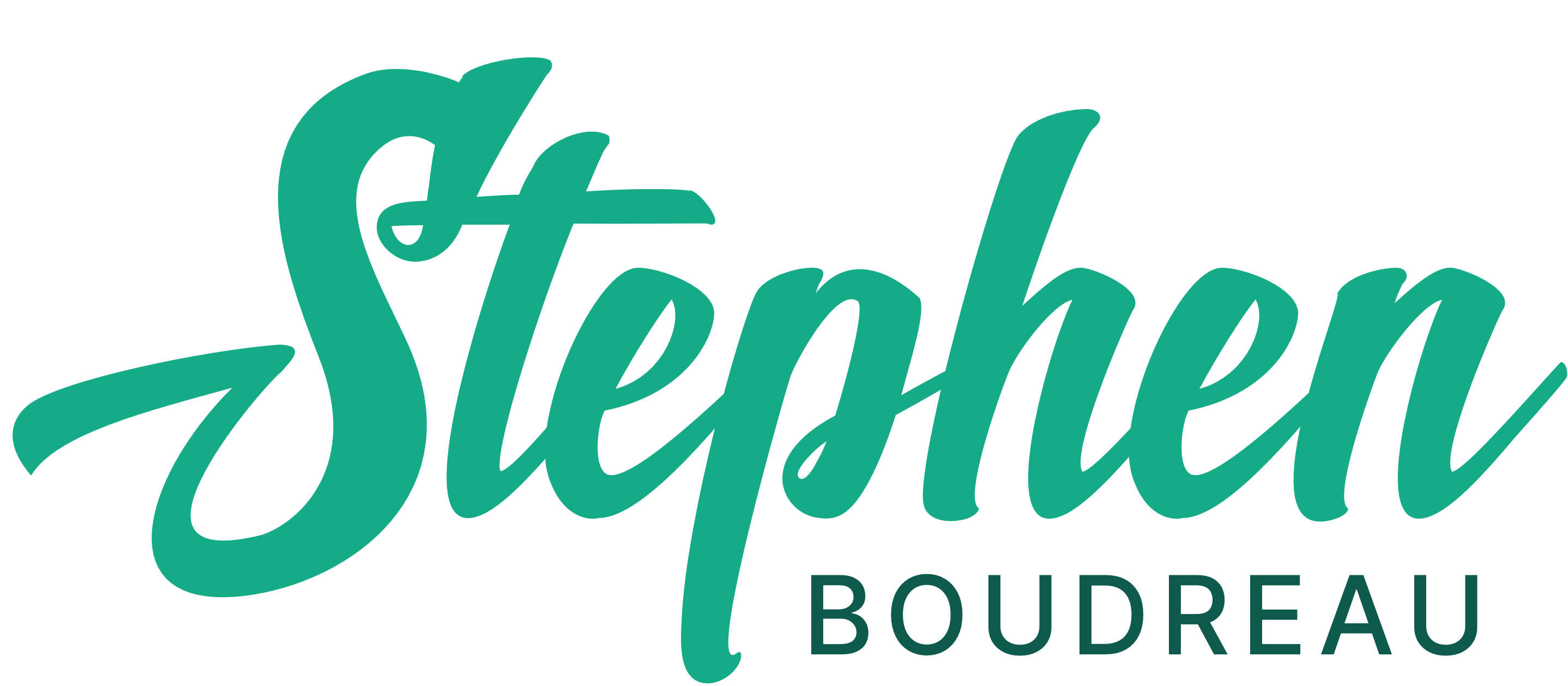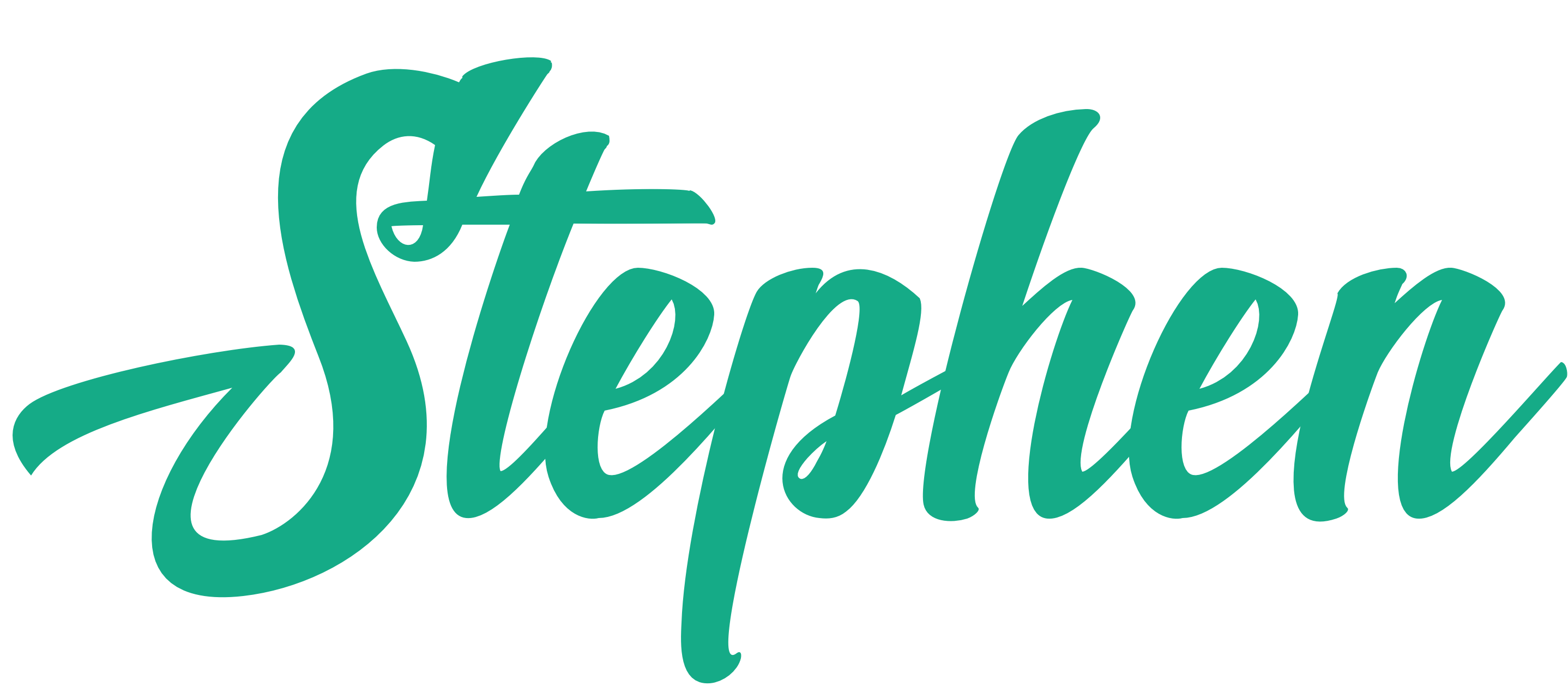“The single biggest problem in communication is the illusion that it has taken place.”
George Bernard Shaw
It was a typical Monday morning, the kind where you wonder if the weekend accidentally fast-forwarded into an endurance test disguised as a meeting. Alex sipped her coffee like it held the secret to survival, eyeing the agenda with dread.
Today’s topic? Maximizing cross-functional synergies for improved ROI.
Ted, the self-proclaimed thought leader (and wearer of buzzwords like they were custom-tailored), stood up and cleared his throat. He was the kind of guy who couldn’t finish a sentence without slipping in “disruptive innovation” or “actionable insights.” Today was no different.
“Our core initiative today is to drive holistic alignment across all mission-critical verticals, leveraging cross-functional synergies to unlock optimized, scalable, and value-driven outcomes,” he began, scanning the room like he’d just revealed a Shakespearean sonnet. Alex could feel the collective silence, waiting for someone to dare ask, “What does that even mean?” But, of course, no one did. Everyone just nodded, faces carefully composed in that expression people wear when they’re on the verge of nodding off but don’t want to get caught.
Ted barreled on, tossing around words like “ecosystems” and “strategic pillars.” Alex watched as her coworkers scribbled notes they’d likely never read again. He sped up, letting jargon carry the momentum of his speech, as if the sheer volume of words might give them meaning.
Then came the line that nearly made her choke on her stale muffin: “We’ll want to keep some dry powder handy to juice our ROAS down the line.” Alex’s eyes darted around, searching for any sign that someone else thought, “Did he just say juice our ROAS?” But everyone nodded along, faces stony, as though they were trying to remember whether ROAS was the same as ROI—or if they’d missed an email that explained the difference.
She imagined standing up and calling Ted out, saying, “Can we just say ‘set some money aside’ like human beings?” But in this room, admitting confusion was like admitting you still used a Hotmail account—unthinkable.
So Alex nodded too, trying to look like she understood. But inside, she felt alone. Like an outsider at a secret club meeting where the password changed every time someone opened their mouth.
The next hour was a blur of jargon-heavy monologues: “low-hanging fruit,” “operational efficiencies,” “leveraging assets.” By the time Ted wrapped up with “strategic visioning for sustainable growth,” Alex was ready to escape.
In the hallway, she realized something had to change. It wasn’t just this meeting or Ted’s obsession with “optimizing workflows.” It was everywhere—in emails, presentations, even casual conversations. Jargon had crept in, suffocating real communication like weeds choking a garden. The worst part? She was part of the problem too, throwing around “bandwidth” and “scalable solutions” without even noticing.
That’s when it hit her: this wasn’t just an annoying habit—it was a full-blown addiction. And like any addiction, the first step to recovery was admitting you have a problem.
It was time for a jargon detox.
The five-step jargon detox
We’ve all been there, right? Maybe you’ve been Alex, nodding along in a meeting, wondering if you accidentally stumbled into corporate improv. Or maybe you’ve been Ted, scattering buzzwords like breadcrumbs, hoping they lead somewhere. Either way, you’re surrounded by jargon, feeling a little lost, but trying to keep up like everyone else—because who wants to be the one to admit they’re not following?
But here’s the truth: whether you’re Ted, Alex, or somewhere in between, there’s a way out. And no, it doesn’t involve learning a whole new language. It’s something much simpler and a lot more refreshing—a jargon detox.
Now, you might be thinking—”A detox? Does this involve green juice and silent retreats?” Don’t worry, this one’s much easier on the wallet and doesn’t require a yoga mat.
This is about cutting through the fluff and getting back to what words are supposed to do: communicate. Think of it as decluttering, but for your vocabulary.
So, let’s dive in. Here’s what a five-step jargon detox looks like and how you can get started today.
Step 1: Identify your buzzwords
Welcome to the first step of your jargon detox. Think of yourself as a detective—Sherlock Holmes, but instead of hunting criminals, you’re on the trail of buzzwords like they’ve committed grand larceny against clarity. These linguistic offenders are lurking in your emails, your presentations, maybe even that Slack message you sent five minutes ago. They’re sneaky, slipping into your sentences when you least expect it.
Picture it: “Synergy” is your prime suspect, always lingering at the scene of the crime, acting like it’s contributing something when, really, it’s just loitering. Then there’s “pivot,” hanging around every meeting like an old friend who just won’t leave. And let’s not forget “game changer”—the buzzword equivalent of that person who calls everything “life-changing” but can’t remember where they left their keys.
Your mission, should you choose to accept it, is simple: audit everything. Emails, meetings, that PowerPoint you haven’t touched in six months. Identify every buzzword you use and write them down like you’re building a criminal case. Because, let’s be real, half of these words are serial offenders when it comes to killing clarity.
Once you’ve rounded up your suspects, it’s time to get serious. You’ll want to keep track, because soon enough, you’ll be interrogating them. Why are you here, “touchpoints”? What exactly is your deal, “low-hanging fruit”? Who invited you to this meeting, “robust solution”?
Trust me: the deeper you dig, the worse it gets.
Step 2: Say what you mean
Now that you’ve rounded up your buzzwords, it’s time for the hard part: figuring out what they actually mean. Think of this as a diet, but for your vocabulary. You’ve been binging on verbal junk food for too long, throwing out terms like “value streams” and “holistic approaches” like they’re low-calorie snacks that don’t count. But deep down, you know they’re just the verbal equivalent of a vending machine dinner.
It’s time to swap out the jargon for the verbal equivalent of a farmer’s market. You’re not “optimizing deliverables,” you’re just “getting things done.” You’re not “driving engagement,” you’re “trying to get people to care.”
Imagine this: You’re at a family barbecue, and your uncle asks, “So, what do you do?” You start with, “I streamline operational workflows…” He’d be halfway to the grill before you even got to “operational.” If it’s a buzzword salad at the BBQ, it’s probably just as tough to swallow in the office.
Because the point isn’t just to speak—it’s to be understood. To connect. The goal here is clarity, not corporate theater. And the easiest way to get there? Simplify. Strip the jargon down, make it digestible. You’re not just throwing words out—you’re trying to communicate something real.
Step 3: Challenge the necessity
Alright, now that you’ve identified your buzzwords and figured out what they actually mean, it’s time for a bit of soul-searching. Be honest—are you using jargon because it’s actually helpful, or are you hoping to sound more important than you feel?
Take a long, hard look at those buzzwords. Is “leveraging cross-functional synergies” actually getting your point across, or could you just say “getting teams to work together”? Are you “strategically aligning objectives,” or, you know, “setting goals”? The truth is, most jargon doesn’t increase understanding—it just gives the speaker the illusion of sounding smarter while leaving the audience in the dark.
Here’s the kicker: if you took away all the buzzwords, would your message still stand on its own, or would it collapse under the weight of its own vagueness? Jargon often hides the fact that we don’t have much to say—or worse, that we’re not sure what we mean in the first place.
If that makes you cringe, congrats—you’ve just uncovered the real problem.
Here’s the deal: the more complicated your language, the more you’re likely hiding behind it—like a magician fumbling a trick and hoping no one notices. So, here’s the challenge: ask yourself, is this jargon really making your message clearer, or is it just getting in the way?
It’s time to be brave—ditch the fancy lingo, and replace it with something simple, clear, and real. Trust me, your message will land. Probably even better.
Step 4: Lead by example
We’ve talked a lot about kicking your own jargon habit, but what happens when you’re on the other side—sitting in a meeting while someone throws around terms like “integrated ecosystems” and “scalable verticals,” and you have no idea what’s going on? It’s tempting to just nod along and hope for the best, but that’s exactly how jargon spreads. If we’re going to solve this as a team, it’s not enough to detox our own language—we need to help others kick the habit, too.
Here’s how to handle it without embarrassing the speaker or derailing the conversation:
- Pause and clarify: When a term comes up that you don’t understand (and let’s be honest, others probably don’t either), politely ask for clarification. You can say something like, “Just to make sure I’m following, could you explain what you mean by ‘X’?” This gives the speaker a chance to rephrase without feeling called out. Plus, if you’re confused, there’s a good chance others are too.
- Use yourself as a gauge: Frame your clarification as something you need to understand, not a judgment on their word choice. Try, “I just want to make sure I’m on the same page,” or “Could we walk through that in simpler terms for my understanding?” This helps create a safe space for transparency and encourages the speaker to adapt to the audience in a way that feels collaborative, not critical.
- Model clear language: Once they clarify, follow up with the kind of direct, simple language you’d want to hear. If they say, “We’re looking to optimize engagement metrics,” you could respond with, “Oh, so we’re just trying to get more people involved, right?” This way, you’re reinforcing clarity without being condescending—and hopefully, encouraging them to continue using clearer language.
- Offer empathetic feedback: If there’s room for feedback, gently mention how the jargon might’ve been confusing. “I wasn’t sure what ‘scalable ecosystem’ meant at first, but when you said ‘a system that can grow easily,’ it clicked.”
Create a team culture where asking for clarification isn’t just acceptable—it’s encouraged. By showing that it’s okay to admit when you’re lost, you encourage others to do the same. Leading by example means prioritizing understanding over jargon—and that’s a strength, not a weakness. After all, it’s tough to “leverage synergies” when no one actually knows what they are.
Step 5: Create a new vocabulary
Now that you’ve detoxed the jargon, it’s time to build something better—a clear, shared vocabulary for you and your team. Think of this as your own personal glossary, a go-to list of key terms, acronyms, and concepts that actually mean something. This isn’t about eliminating all technical language—it’s about making sure everyone’s speaking the same language.
Start by identifying the terms and acronyms that are essential to your work. These are the words your team uses every day, the concepts that matter, the shorthand that keeps things running smoothly. Write them down, define them clearly, and share them with the team. The goal is simple: whether you’re talking to a new hire, a veteran on your team, or a colleague from another department, everyone knows exactly what you mean.
But it’s not just about internal clarity. This new vocabulary helps you draw a line between what you say inside the team and how you communicate with the outside world. You don’t want to bombard clients or partners with insider jargon they’ll never understand. Instead, use this glossary to create a shared understanding within the team, while keeping your external language accessible and jargon-free.
And here’s the best part: this glossary becomes even more valuable as your team grows. New people don’t have to spend weeks figuring out what “X” means or nodding along during meetings, pretending they know what’s going on. You’re setting them up for success from day one.
So, take the time to build your team’s vocabulary now. It’s the difference between communication that’s clear and efficient, and one that feels like a game of corporate Mad Libs.
A future built on clarity, not jargon
So, there you have it—your five-step jargon detox. You’ve tracked down the usual suspects, interrogated their meanings, and, hopefully, left them where they belong—out of your vocabulary. By now, your team (and maybe even your sanity) is breathing a collective sigh of relief. Because let’s face it: communication isn’t about sounding clever, it’s about actually being understood.
Imagine how much easier your next meeting will be when people don’t have to decipher whether “leveraging synergies” means “collaborating” or “having coffee together.” You’ll cut through the noise, ditch the corporate buzzword bingo, and maybe, just maybe, have a real conversation.
It’s time to fully embrace simplicity. Build that new vocabulary, prioritize clarity, and watch as your meetings transform from a fog of jargon into something shockingly rare—productive.
So, the next time you feel the urge to “optimize cross-team collaborations for exponential growth,” do everyone a favor—take a deep breath, and remind yourself: clarity beats clever. Every. Single. Time.
And your audience? They’ll thank you with something way better than a polite nod—they’ll give you their attention.






